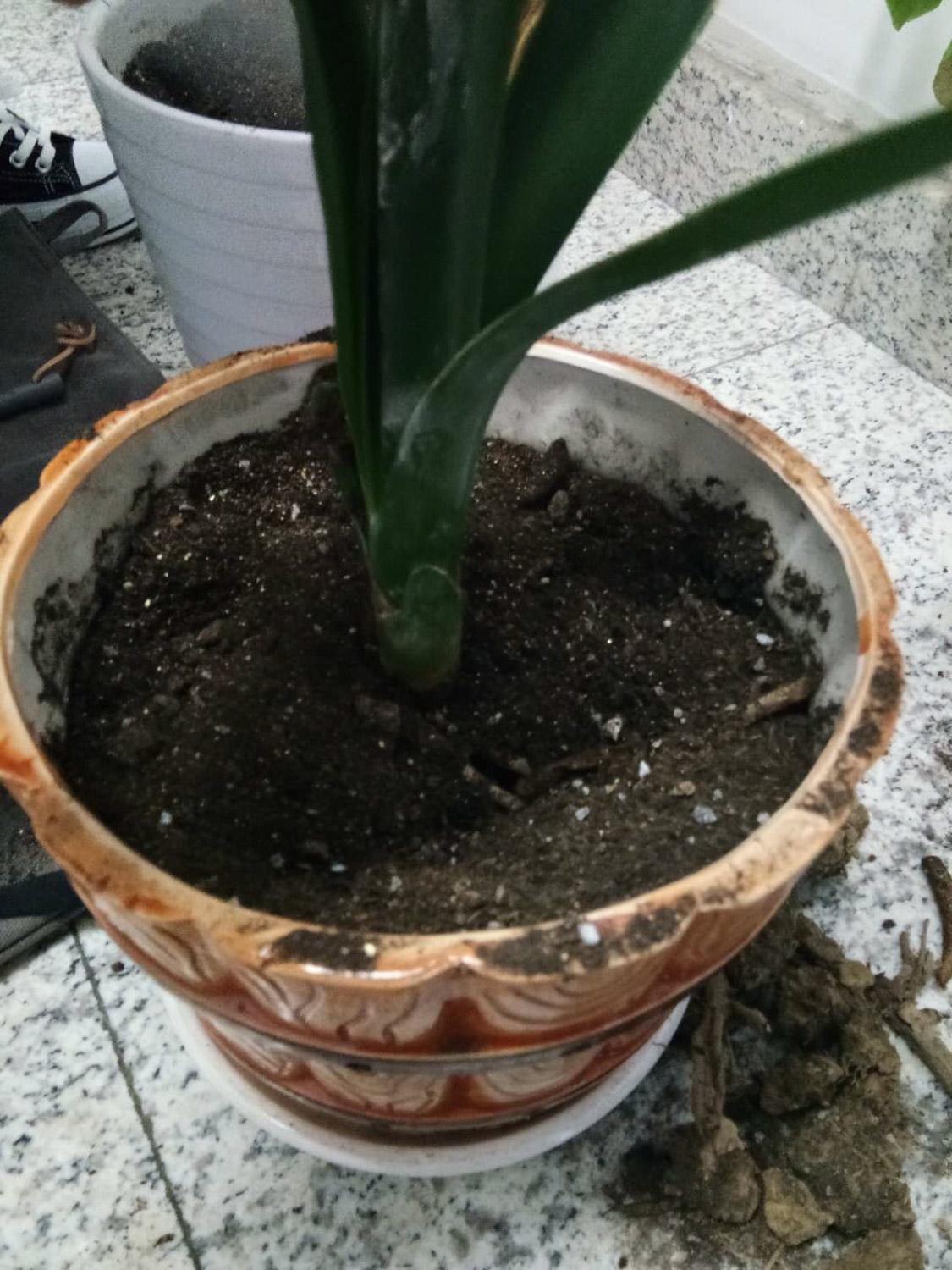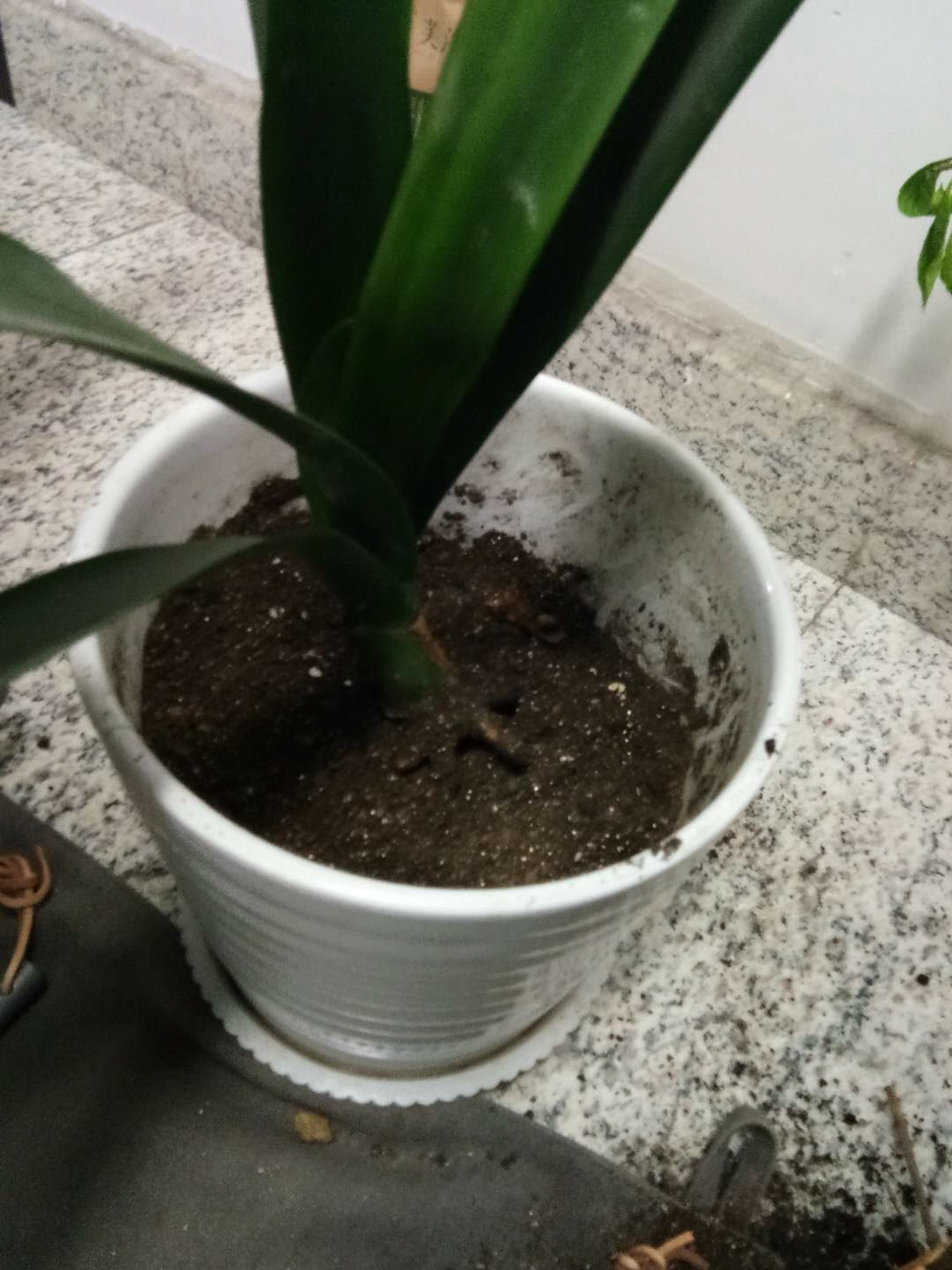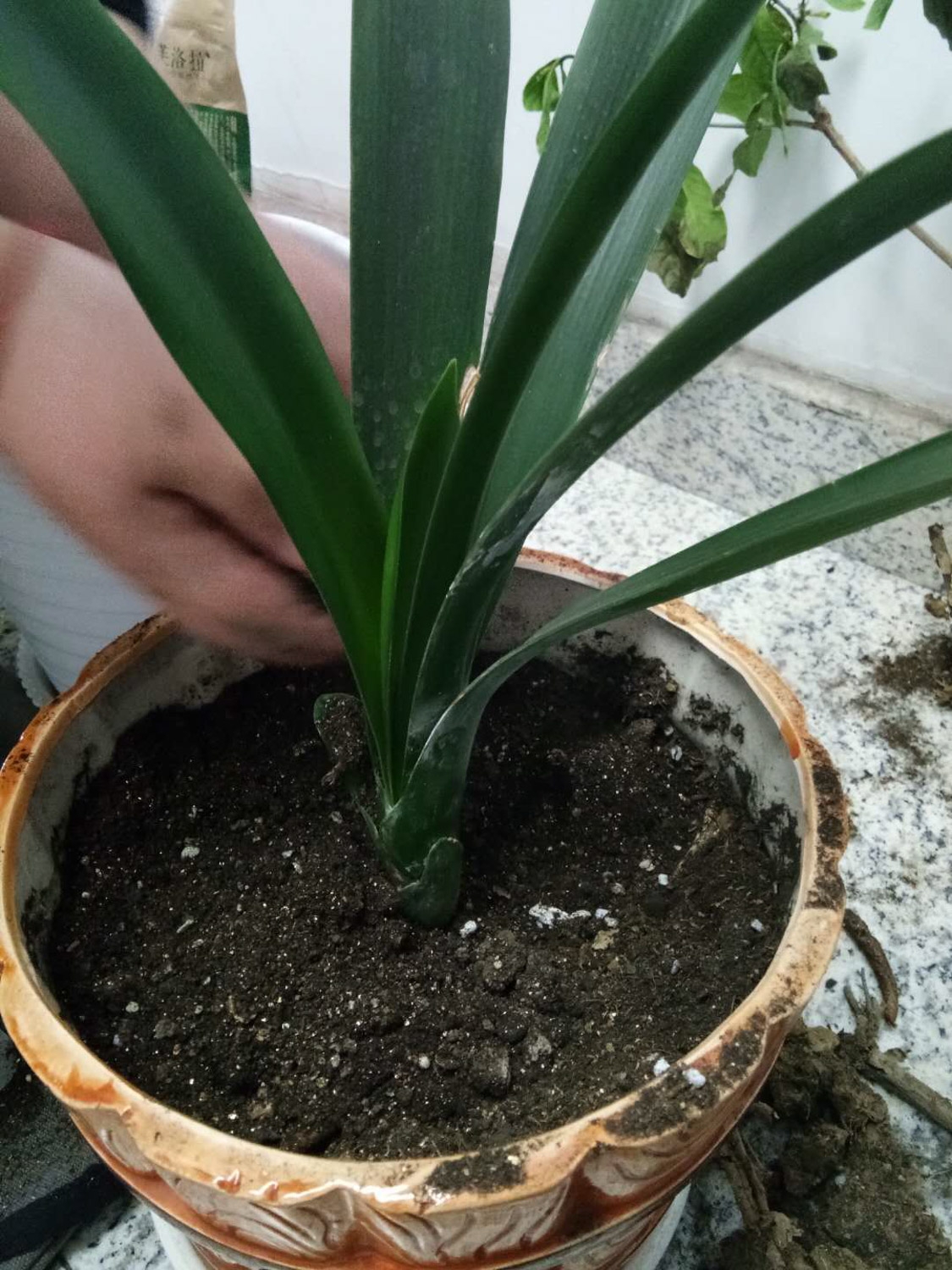1. Soil and basin replacement time
Usually in spring and autumn. Twice a year is the best. If the conditions are not suitable, it can be once a year. Don't change the basin for a long time
2. Preparatory work
(1) Soil: generally, rotten leaf soil, river sand, pine needles and charcoal are used to prepare soil in the proportion of four to three to two to one. In this way, the matching effect is good, which can make the plant adapt to the new environment faster, and is also conducive to good growth in the future
(2) Basin: prepare a basin of appropriate volume according to the specific size of the plant. If there is no change in volume, then there is no need to change the large basin

3. Replace basin and soil
Turn the basin over, take out the plant and shake off the soil at the root. Then, trim the roots, cut off the rotten roots and old roots, and cut off the weak and messy roots. If rotten roots are found, it is best to disinfect them before putting them into the basin. Next is the upper basin. Fill part of the soil into the new basin, put the plants carefully, straighten them, and then slowly fill the soil. After filling in, the basin changing process is over

4. Curing after changing Basin
It's not just after replacement. The maintenance after replacement is also very important. If the maintenance is not good, the plant will not be able to adapt to the environment. After changing the basin, pour it with water and put it in a cool and well ventilated place. And keep the surrounding warm and moist


 how many times do yo...
how many times do yo... how many planted tre...
how many planted tre... how many pine trees ...
how many pine trees ... how many pecan trees...
how many pecan trees... how many plants comp...
how many plants comp... how many plants can ...
how many plants can ... how many plants and ...
how many plants and ... how many pepper plan...
how many pepper plan...





























